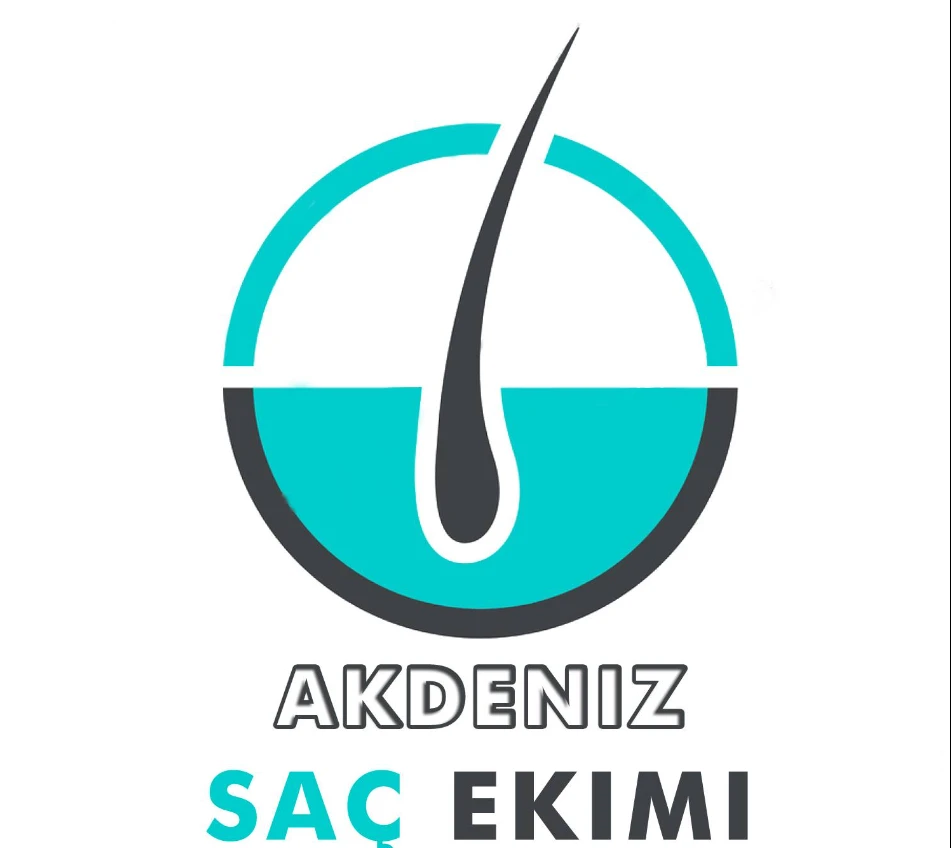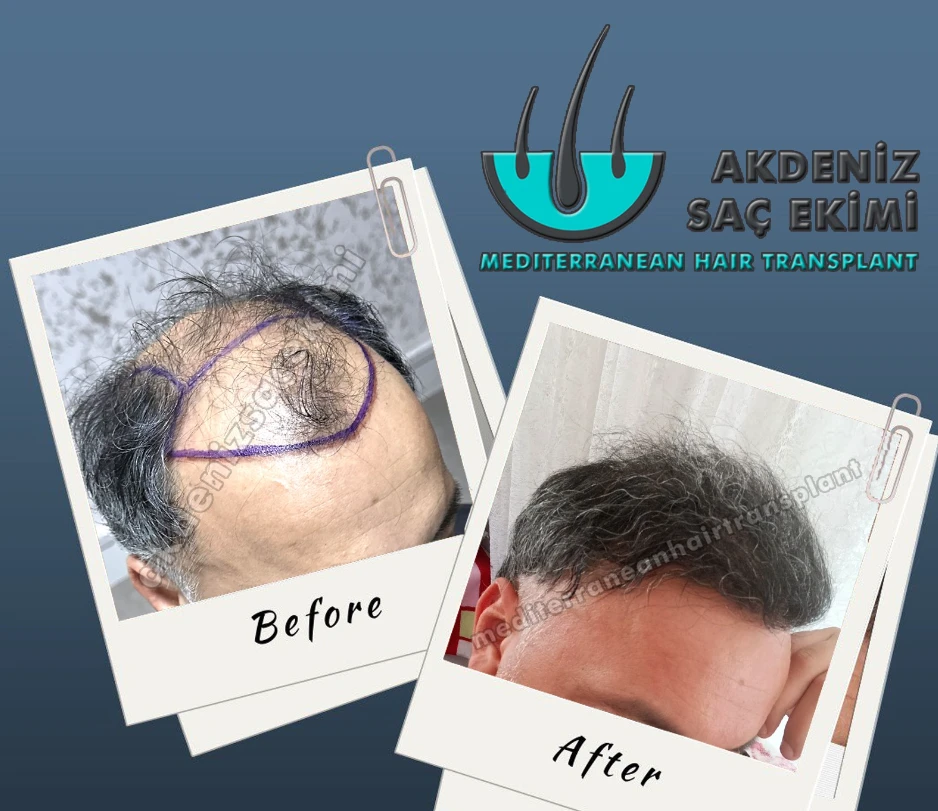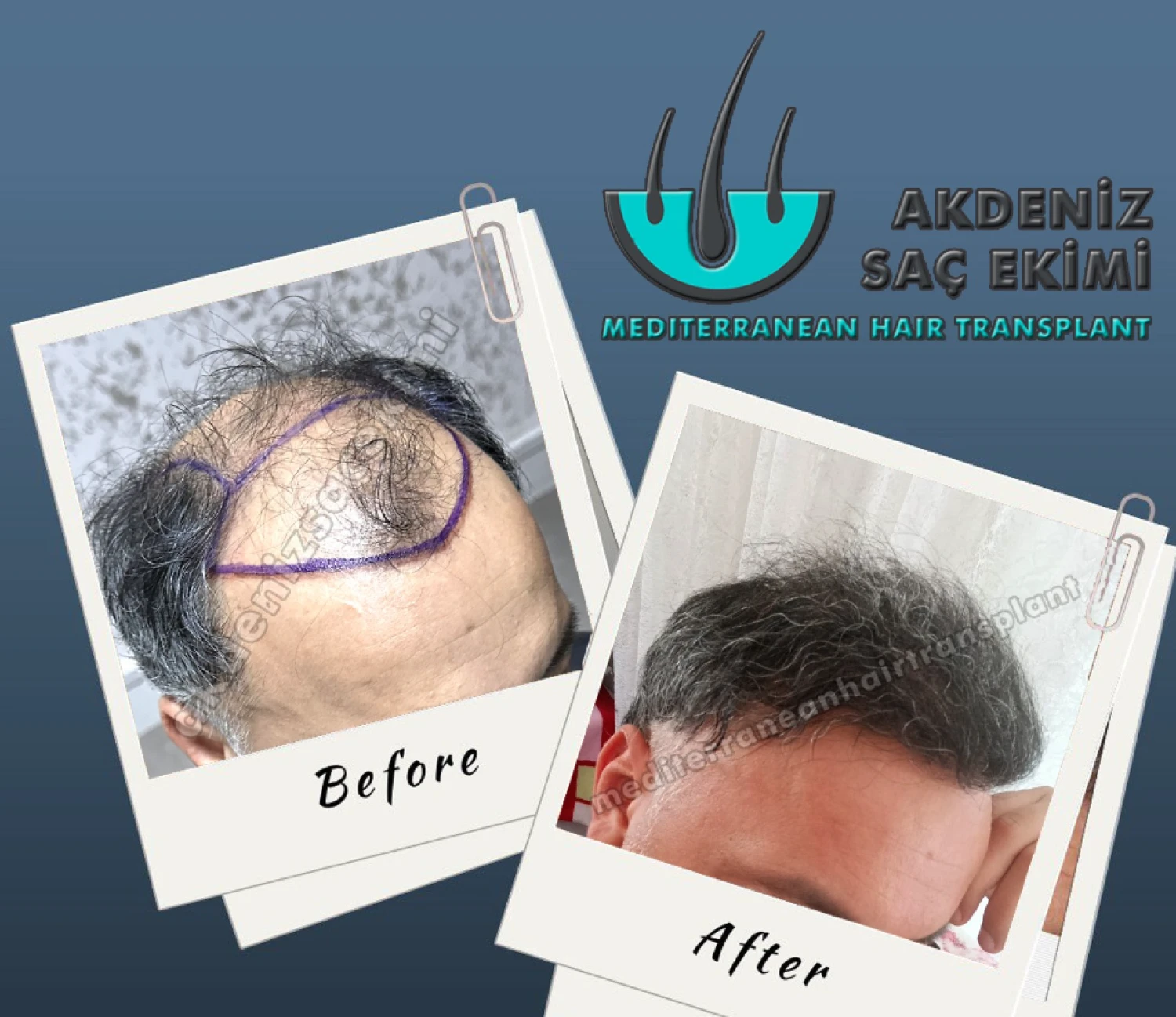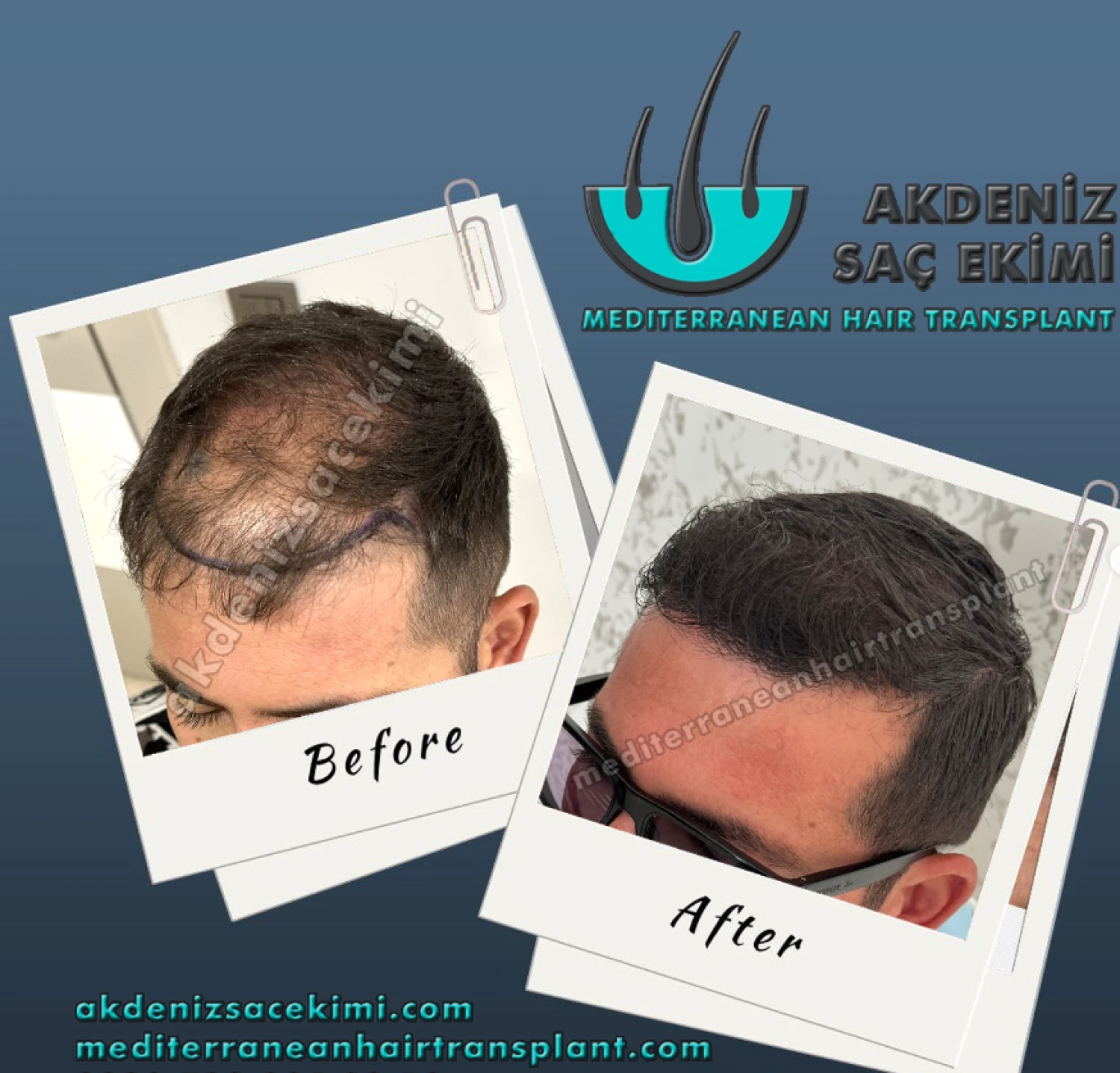About
Akdeniz Hair Transplantation Center is dedicated to bringing together the extraordinary innovations of our modern world to meet the timeless desire of humanity for beauty and a unique appearance.
Our goal at Akdeniz Hair Transplantation is to provide quick, effective, and permanent solutions to your problems for a more beautiful and healthy appearance. We are committed to offering you the highest quality and safest service, fully aware of all our responsibilities.
Why Choose Akdeniz Hair Transplantation?
- Hair Transplantation in a Hospital Setting
- Expert Team
- Hair Transplantation under Doctor's Supervision
The DHI Hair Transplantation Technique - DHI Hair Transplant
How Does the Choi Implanter Pen (Pen Method) Work? The Choi Implanter is a pen-like tool with a hollow needle tip at one end. Technicians in the operating room place hair grafts on the hollow needle tip. The surgeon then uses the pen to place them into the scalp previously prepared for transplantation. This process is repeated for each graft. During a typical transplant, our hair transplant surgeon and team use approximately 6 pens to optimize implantation time and speed.
Key Developments and Advantages The use of the implant pen eliminates the need for channel incisions. Previously, the surgical team had to create small circular incisions in which to place the scalp and grafts. Surgeons can now "inject" grafts into recipient areas. This reduces trauma and blood loss during transplantation.
As a result, our surgeons can significantly increase the survival rate of grafts after transplantation using the Choi Implanter Pen. Additionally, reduced trauma means faster healing times for our patients. There is clear evidence that grafts can be placed more delicately during implantation, resulting in better aesthetic results.
Frequently Asked Questions
Who Should Perform Hair Transplantation?
Hair transplantation should be performed by healthcare professionals who have received specialized training in the field.
Where and Under What Conditions is Hair Transplantation Performed?
Hair transplantation is a surgical procedure and should be performed in a hospital setting to prevent potential complications.
How Can I Determine If I Am Suitable for Hair Transplantation?
During the consultation, the team will conduct a hair analysis, assess the type of hair loss, and examine the donor area to determine if you are a suitable candidate. There is no reason for individuals with healthy hair in the donor area not to undergo hair transplantation.
How Much Hair Do I Need?
The amount of hair needed is determined by the physician through a hair analysis. After determining the type of hair loss, density enhancement may be applied to the areas where hair loss is expected. In cases where a single session is not sufficient, the best results are often achieved after the second session.
Is There an Age Limit for Hair Transplantation?
The shape of the hair loss rather than age determines eligibility for the procedure. If the scalp becomes visible to the naked eye, it means that the hair density in that area has fallen below 50% of the normal density. In this case, the most effective treatment for the individual is hair transplantation.
What is the Importance of Age in Hair Transplantation?
The most important factor determining age in the transplantation process is whether the hair loss has stopped. Male pattern hair loss is a lifelong event, but the rate of hair loss slows down after the age of 35. In patients younger than these ages, it should be considered that hair loss may continue, and the patient may need a second or third session.
How Long Does Hair Transplantation Take?
Hair transplantation takes approximately 4 to 8 hours. After hair transplantation, the individual may need about 7 days if they do not want this procedure to be known in their work and social environment. If there are no such concerns, they can return to their daily life within 1 day.
How Soon Will I See New Hair Growth?
After the procedure, red scabbing may be observed in the transplantation area. You can prevent this by washing your head once a day. The scabs completely fall off within 5-6 days. Along with the scabs, the transplanted hairs also fall out. Thus, the patient returns to their pre-transplantation appearance within 7 to 15 days.
Are There Any Disadvantages of Hair Transplantation for Patient Health?
This procedure is a completely safe procedure performed under local anesthesia. No side effects affecting health have been observed during the post-procedural period.
Can Hair Transplantation Be Performed Multiple Times?
Depending on the size of the transplantation area and whether the individual's hair loss continues, hair transplantation may require multiple sessions.
Can the Appearance of New Hair be Controlled?
The outcome of the transplantation depends entirely on the technique used. When the grafts used during the transplantation are placed in sizes and directions that are suitable for the natural emergence of hair follicles, hair transplantation yields extremely natural results.
What Are the New Techniques Used in Hair Transplantation?
The newest technique in this regard is the FUE (Follicular Unit Extraction) technique, which involves individually extracting hair follicles from the donor area using a micromotor and then placing them in the open area after making lateral slits without leaving scars.
Will There Be Options That Can Replace Hair Transplantation in the Future?
Currently, hair transplantation is the most effective treatment for male pattern hair loss. Research on hair cloning is ongoing, but no results have been obtained yet. If successful, it may be possible to multiply a few hair follicles taken from the hairy skin of an individual in a laboratory setting and perform hair transplantation to the hairless area according to the individual's need.
Why Does Hair Form?
Hair is made of long, keratin-containing structures. Keratin is a protein resistant to breakage and abrasion. Like the hair on our heads, the keratin in our nails is also made up of keratin. The keratin in the structure of our hair is made from dead skin cells.
What Gives Color to Hair?
Hair color is determined by a pigment called melanin, which is produced by special cells called melanocytes in the hair follicle.
How Long is the Lifespan of a Single Hair Strand?
The lifespan of a single hair strand is between 2 to 3 years. This life cycle consists of three phases. Anagen (Maturation Phase) covers a period of 3 to 5 years and ends with Telogen (Shedding Phase) lasting 3 to 4 months after a 1 to 2-week Catagen (Transition Phase).
Services and Facilities
- Services
- Beard Transplant
- Dhi - Direct Hair Implantation
- Eyebrow Transplant
- Eyelash Extensions
- Eyelash Transplant
- Facial Hair Transplant
- Folligraft - Non-surgical Hair Graft
- Hair Loss Specialist
- Hair Loss Treatment
- Hair Transplant For Women
- Hair Transplantation
- Hri - Hair Regrowth Injections
- Ipl Hair Removal
- Laser Hair Removal
- Laser Hair Therapy
- Mesotherapy
- Micrografts Hair Restoration
- Minigrafts Hair Restoration
- Prp (platelet-rich Plasma)
- Prp For Ovarian Rejuvenation
- Robotic Hair Transplant
- Sapphire Hair Transplant
- Soprano Laser Hair Removal
- Treatment For Female Pattern Hair Loss
- Cosmetic Surgery
- Plastic Surgeon
- Plastic Surgery
- Facilities
- Free Consultation
Languages Spoken
- English





Share This Clinic